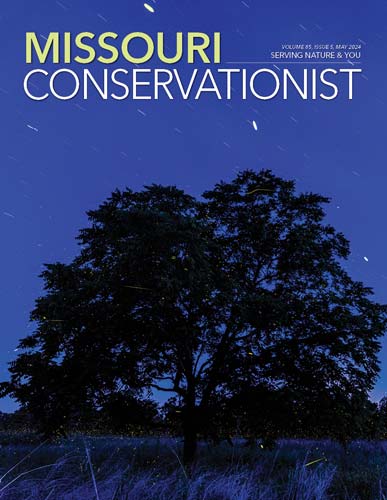
One of the most magical things during quiet, clear summer nights is the twinkling in the night sky. It’s one of the true wonders of nature to see fireflies winking across a field, or if you are lucky enough, to see an entire group of fireflies in a stream valley blinking on and off in unison. In Missouri, this phenomenon starts in late May and June.
Fireflies, or lightning bugs, are the only flying, bioluminescent insects found in Missouri.
However, they aren’t flies but are beetles in the family of Lampyridae (fireflies) in the order Coleoptera (beetles). They spend most of their lives as larvae living in soil, leaf litter, and under rotting logs. During the day, adult lightning bugs spend their time in shrubs, grasses, or other taller vegetation.
More than 150 kinds of fireflies live in North America. Many species live in the same place, so males and females need a way to pick out their own kind. That’s why each species has a unique blinking pattern that allows them to communicate. For example, male big dipper fireflies light up for a solid half second while flying in a J-shaped pattern. Occasionally, an entire group of fireflies in a location — often in a low area like a creek bed — will blink in unison.
These beetles are nocturnal and crepuscular, or active at dusk and dawn, and are usually seen in spring and summer. When the winged adults fly, the bioluminescent tips of their abdomens blink on and off. They are commonly seen in meadows, yards, edges of forests, and around streams.
A male firefly’s twinkling tush is like a neon sign, advertising himself to a nearby female. Female fireflies blink back in response to males. Some female fireflies copy the flash pattern of other females to lure in males only to eat them.
The firefly larvae, called glowworms, are wingless. They don’t blink, but they do glow continuously and can be seen on the ground, especially in moist areas near grass and brush. Lightning bug larvae thrive in moist soil with plenty of organic matter where they can eat snails, slugs, grubs, and worms. The larvae also help control populations of the various invertebrates they prey on. These beetles overwinter as larvae and in spring they change into adults. The adults are rarely preyed upon, as they contain chemicals that make them distasteful to predators.
Like most other insects, firefly populations are on the decline, but you can help them by avoiding the use of chemical insecticides or herbicides on your lawn or garden. Not only can these chemicals harm lightning bugs and other beneficial insects such as bees, but they also harm the food they eat as larvae. You can welcome fireflies into your yard by adding more native shrubs to your garden. Frequent mowing can disturb adult fireflies. Light pollution can negatively affect the ability of fireflies to communicate and reproduce, thus reducing their populations. Consider turning off your outdoor lights when lightning bugs are active or install motion sensing outdoor lights that won’t stay on all the time.

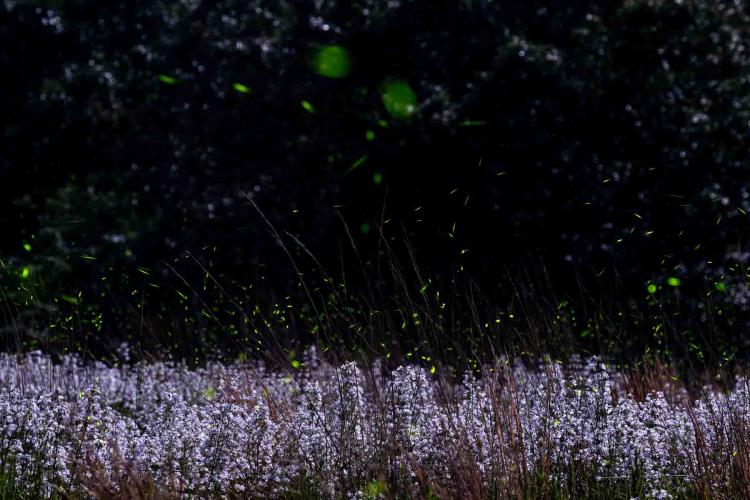
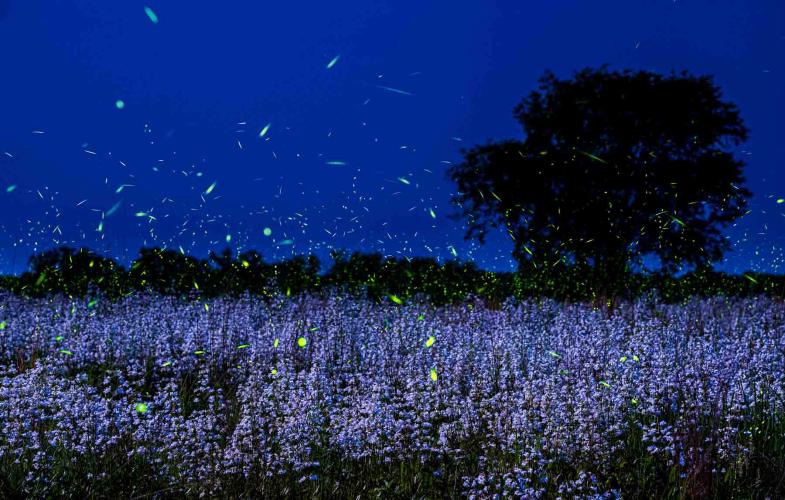
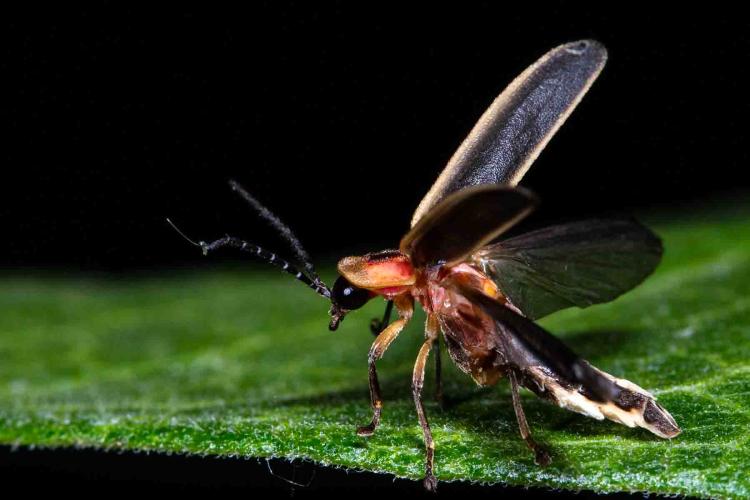
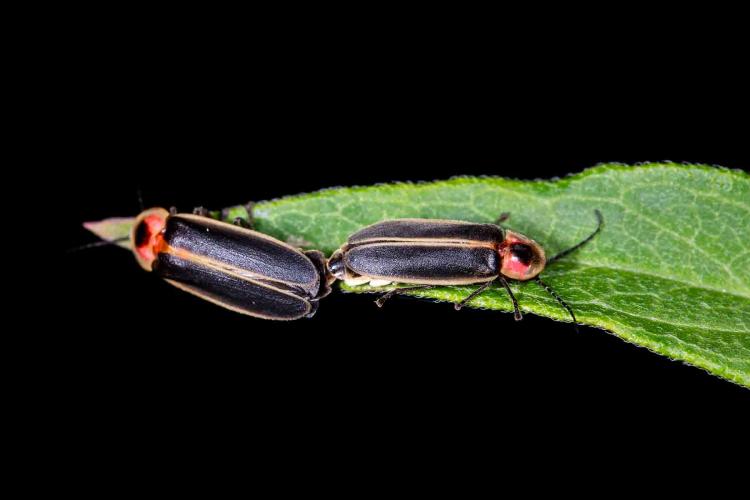

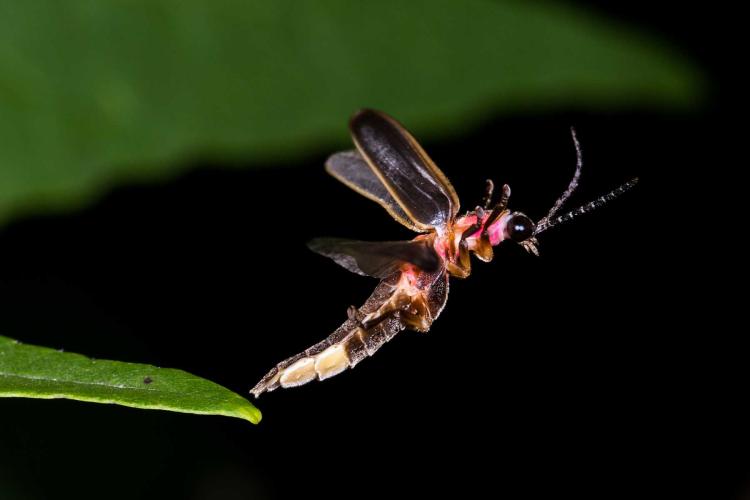
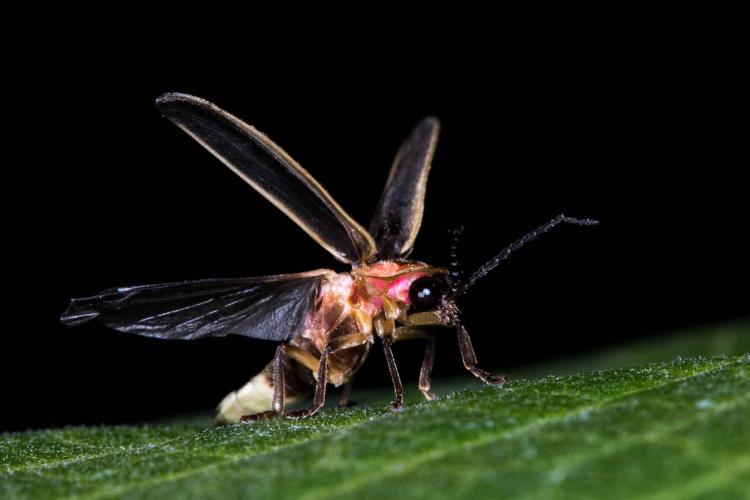
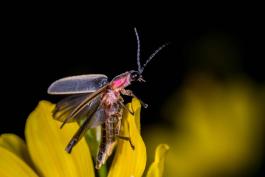
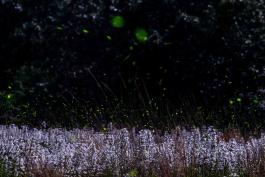
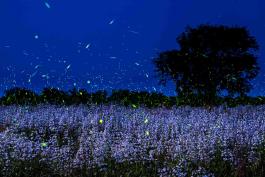
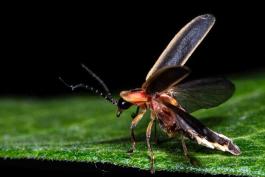
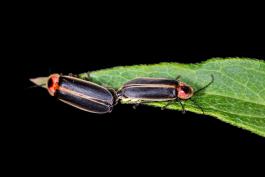
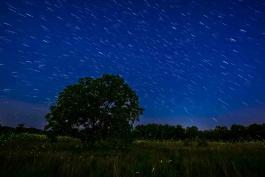
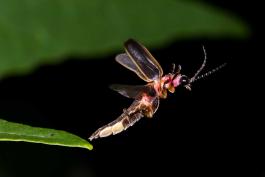
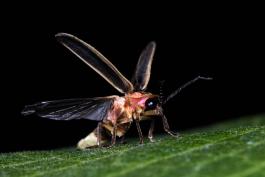
Also In This Issue

Community conservation puts nature’s focus on people

Young Missourians find both excitement and peace in birding
And More...
This Issue's Staff
Editor - Angie Daly Morfeld
Associate Editor - Larry Archer
Photography Editor - Cliff White
Staff Writer - Kristie Hilgedick
Staff Writer - Joe Jerek
Staff Writer – Dianne Van Dien
Designer - Shawn Carey
Designer - Marci Porter
Photographer - Noppadol Paothong
Photographer - David Stonner
Circulation – Marcia Hale






















